There are many comparisons out there that try to explain what programming is. These range from building things with Lego to bringing up a child, but there is one that I like to use and it’s:
Programming is Like Baking Cakes!
Let me explain…
A bog standard definition of programming is, “The process of developing and implementing various sets of instructions to enable a computer to do a certain task.”
The “task” could be putting some data in a field, playing a sound, or posting information to a web service, but all of these have to be initiated by a given set of instructions.
Now you may be thinking, “What does this have to do with baking a cake???” So, let me explain:
First, let me give you my infamous cake recipe that I’ve used for well over 20 years (yes, I still eat any leftover cake mix…its the best part!).
Recipe : Impulse 101- Fairy Cakes
Kitchen Utensils Required
Scales
Spoon
Mixing apparatus
Cake cases
Oven
Ingredients
4 Oz Margarine
4 Oz Self Raising Flour
4 Oz Caster Sugar
2 Large Eggs
Steps
1) Pre-heat oven to 180 degrees Celsius
2) Mix sugar and margarine until a paste forms
3) Add half of flour and one egg to paste and mix
4) Add remaining egg and flour to mix and mix until creamy texture and mix slightly sticks to mixing utensil
5) Add mix to cake cases and put in oven for 20 mins approx
6) When ready, cakes should have risen with no mix sticking to knife if placed into the cake
Done.
Now, how can this be compared to programming? 🙂 Let me break it down:
The utensils can be seen “variables” and the “Ingredients” are the “Constant” contents which we are putting into these variable. The steps are the “Set of instructions” required for the desired outcome. In the case of a cake recipe – we obviously want some mouth watering cakes!
Now that we have our variables, constants, and instructions, we can generate some suitable script that would be equivalent to physically baking the cake.
// code
local sBowl, sMixer, sSpoon, sOven, sEmptyCases, sFullCases
constant margarine = "4"
constant sugar = "4"
constant flour = "4"
constant eggs = "2"
on bakeMeSomeCakes
put "180" into sOven -- pre heats the oven
put margarine into sBowl -- puts our margarine in bowl
add sugar to sBowl-- adds our sugar to margarine
put randomMixer(10,20) into sMixer -- as mixing times will vary depending on user, we will want to vary the mixing time
repeat with x = 1 to sMixer -- simulate mixing
repeat with y = 1 to 8
put y into sBowl
end repeat
end repeat
add (flour/2) to sBowl -- adds half our flour to our bowl
add (eggs/2) to sBowl -- adds 1 egg to our bowl
put randomMixer(10,20) into sMixer -- get a random mixing time again
repeat with x = 1 to sMixer -- simulate mixing again
repeat with y = 1 to 11
put y into sBowl
end repeat
end repeat
add (flour/2) to sBowl -- add the remaining ingredients
add (eggs/2) to sBowl
put randomMixer(20,30) into sMixer -- get a random mixing time again but this time a bit longer to make the mix a bit fluffier
repeat with x = 1 to sMixer -- simulate mixing again
repeat with y = 1 to 14
put y into sBowl
end repeat
end repeat
put 14 into sEmptyCases -- number of cake case for our cakes
repeat with x = 1 to 14
put (sBowl/sEmptyCases) into sFullCases[x] -- will divide our mix equally and place into fullCase variable array
end repeat
put sFullCases into sOven -- puts our full cases in our oven
wait 1200 seconds -- 1200 seconds is 20 minutes
answer "Done! You have baked some awesome cakes nom nom nom!"
end bakeMeSomeCakes
function randomMixer lowerLimit,upperLimit -- gives a random value between upper and lower limit
return random(upperLimit - lowerLimit + 1) + lowerLimit - 1
end randomMixer
So, there you have it: proof that programming is just like baking a cake 🙂 (although, admittedly, not as tasty)!
Just like baking, you can also optimise your code (recipe) to make it more efficient. One way you could do this is replacing the “wait 1200 seconds) code with something that is non-blocking.
This means you could check the status of your baking (i.e. opening the oven) at various intervals throughout the baking process. 🙂
Hopefully this has sparked the budding chef in you, so please feel free to share any comments/recipes you have in the comments section below. Bon appetit! 🙂

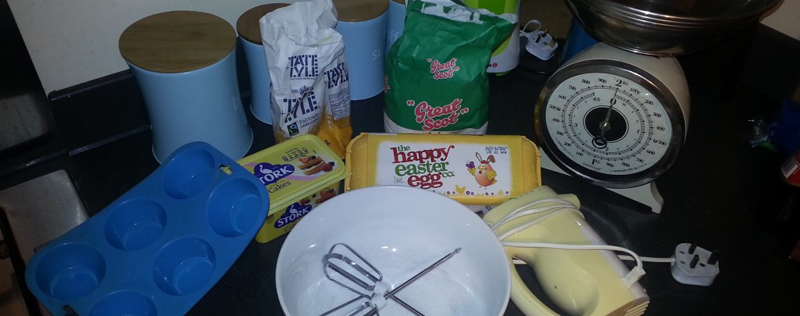
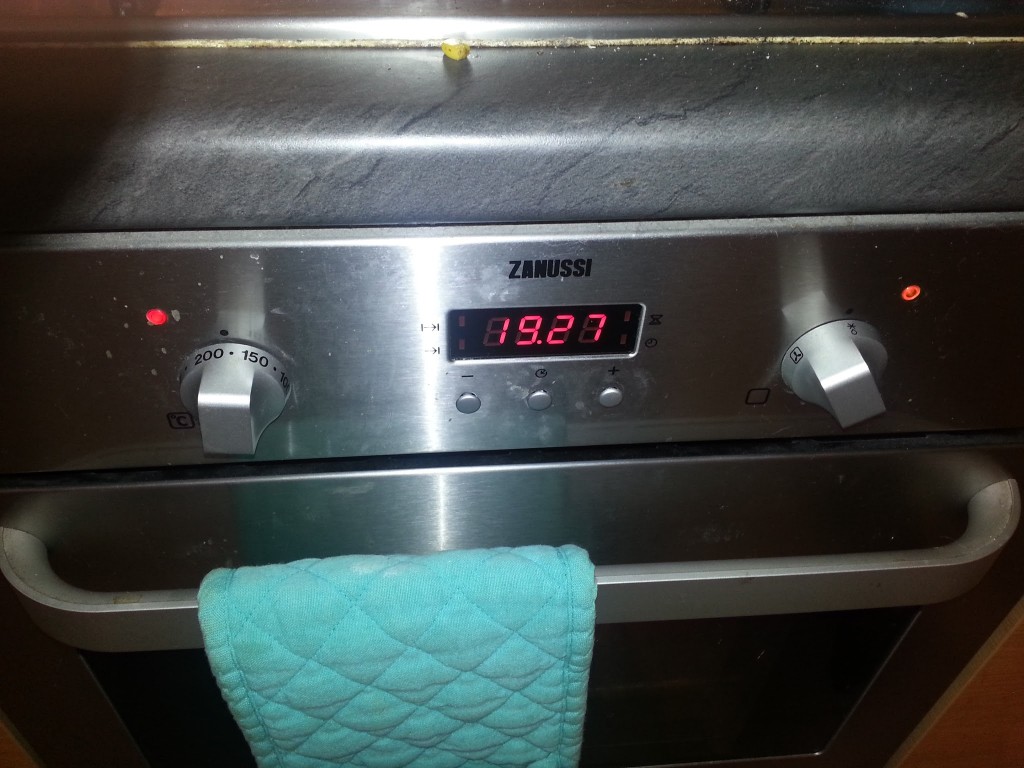
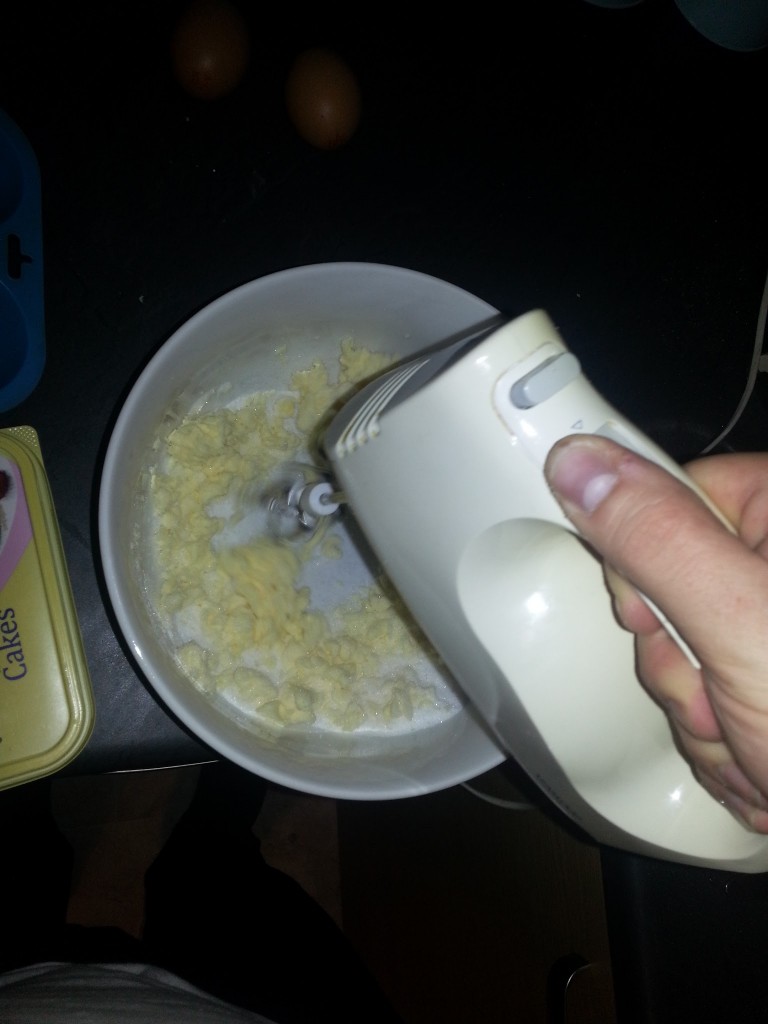
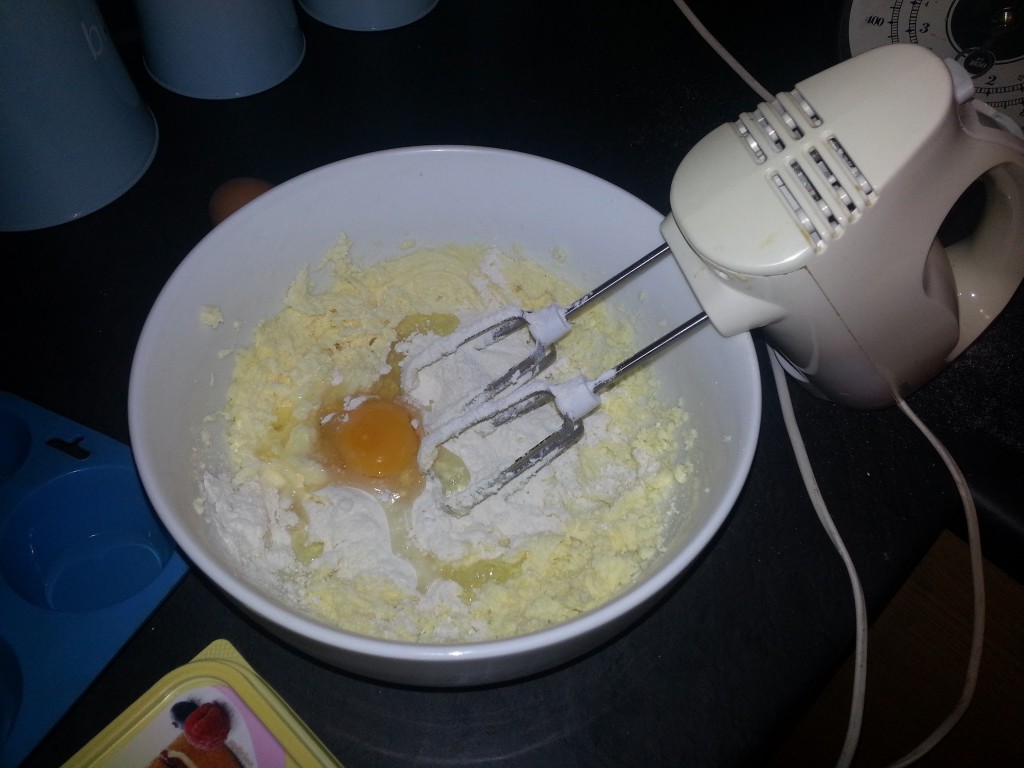
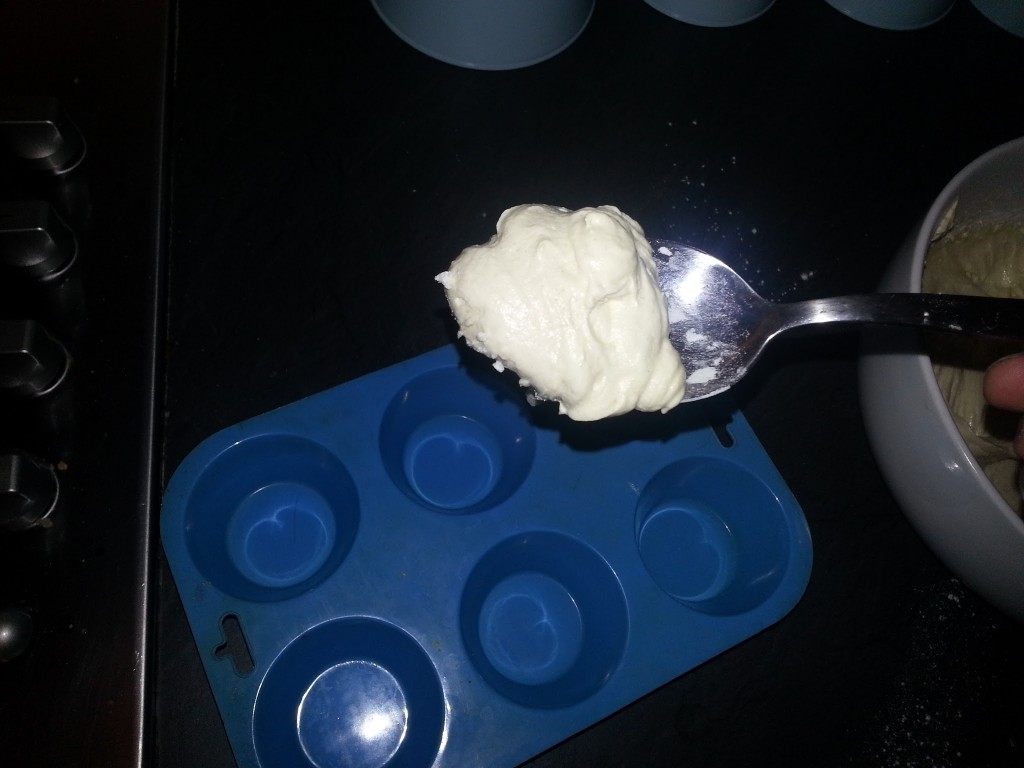
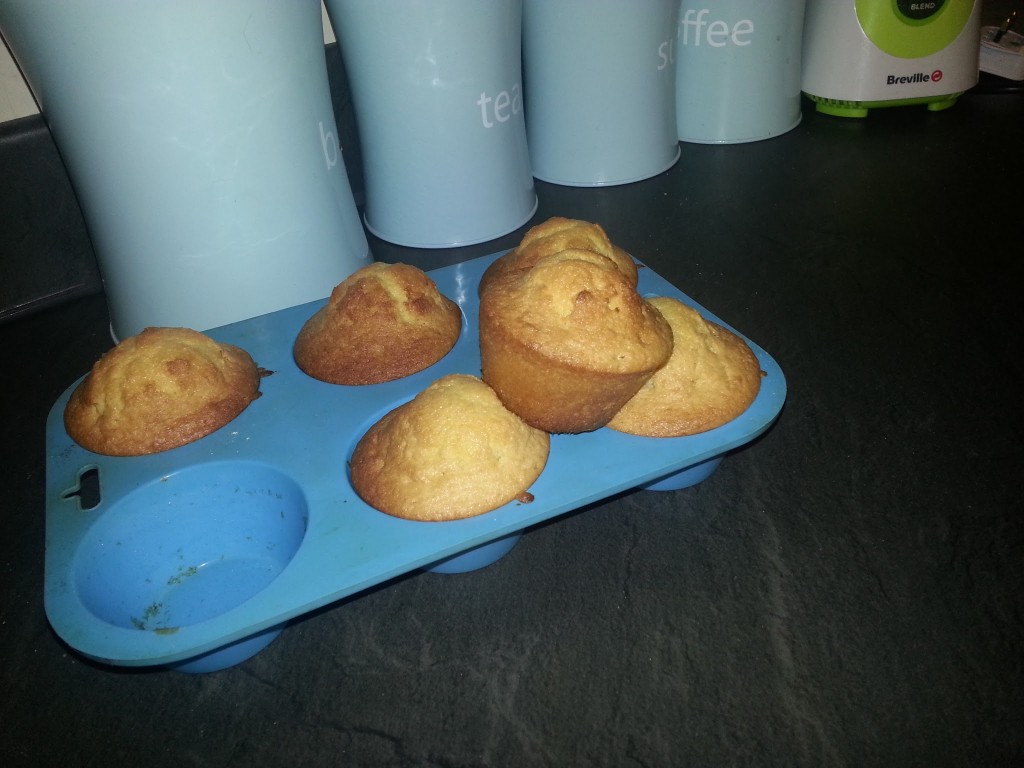
7 comments
Join the conversationLaurie - April 28, 2015
Nice analogy and great way to show how it’s accomplished using livecode syntax but where’s my cake?
Neil Roger - April 28, 2015
In the famous words of Portal 2 – http://tinyurl.com/29d4wpy
Richmond - April 28, 2015
NO! The cake is not a lie. The cake is extremely apt: especially as in my coding, my cakes almost always sink in the middle 🙂
Richmond - April 28, 2015
I should, perhaps, point out that while with your cake you stick to an explicit declaration of variables, I just grab what I find in the cupboard.
What I do like, more than anything else, about LiveCode, is that it is, by-and-large, tolerant of my use of ingredients to hand, it being incredibly flexible.
Richmond - April 28, 2015
I’m a bit wary of margarine, I prefer either ingredients that come out of a cow or sunflower oil. The analogy is very good; but I do feel that using margarine is a bit . . .
Neil Roger - April 29, 2015
I do love myself a bit of margarine 🙂 I’m a bit partial to margarine and sugar on its own! As disgusting as it sounds, it is the best bit of the cake mix.
Richmond - April 29, 2015
I guess that makes you a “stork baby” . . . LOL